10 Interesting Things To Learn About Permafrost
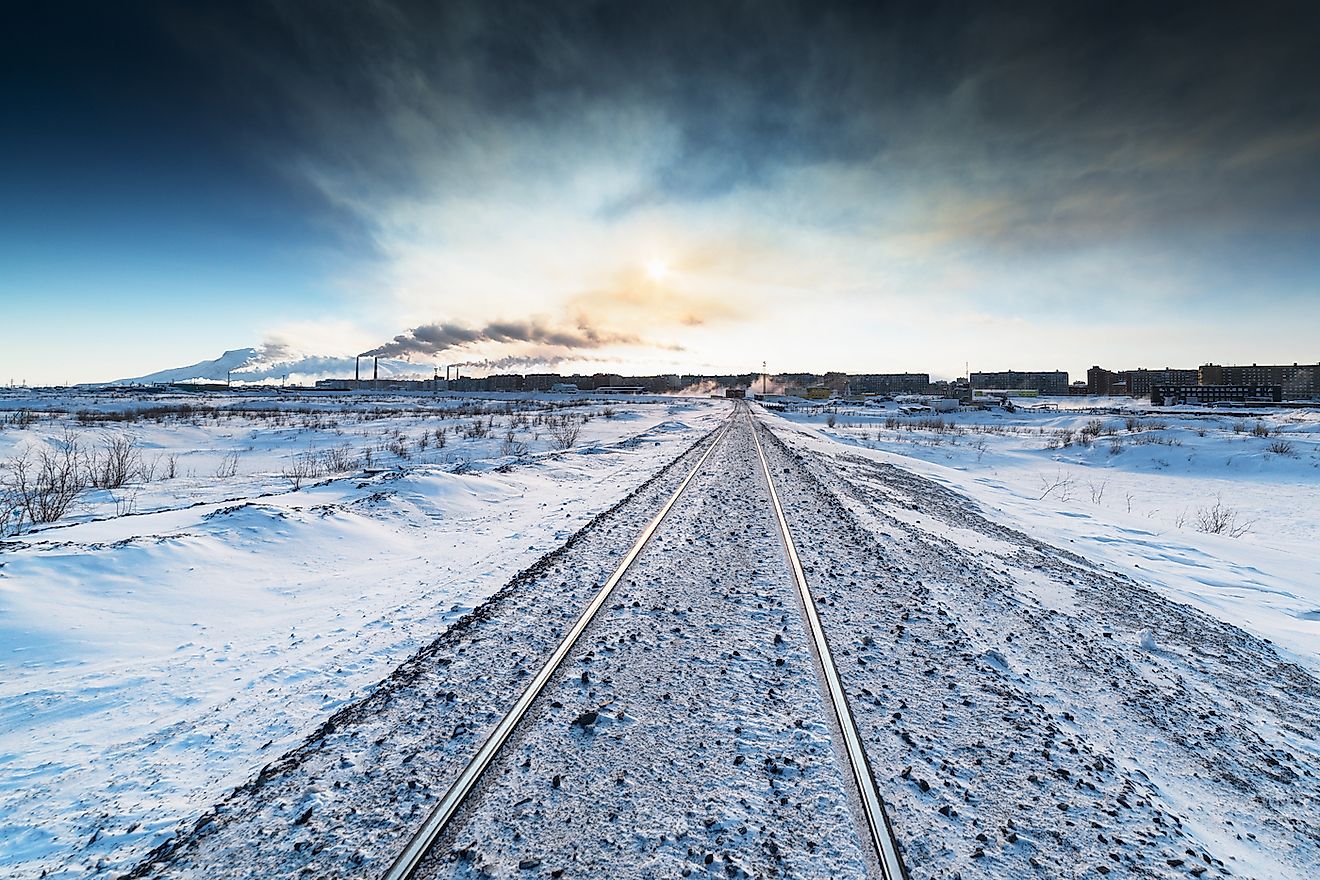
- Permafrost is mostly found at and around the Earth's poles but is also at high elevations such as near the summit of Mauna Kea in Hawaii.
- There are bacteria that have been frozen for thousands of years in the permafrost that have come back to life when thawed.
- The permafrost covers more geographic area than the US, China, and Canada combined.
Permafrost: it sounds like a feminine superhero or a new cold-induced haircut. In photos, permafrost looks a bit like a delicious chocolate dessert with icing interspersed in layers of thick cake. In reality, this land formation is far from both of these descriptions. Permafrost is a thick layer of soil, rock, and ice located underneath the surface of the ground that remains frozen at 0 °C for long periods of time, never thawing.
Ground can officially qualify as permafrost if it stays frozen for a minimum of two consecutive years. The world’s permafrost is generally located in the arctic and subarctic regions and at high elevations such as near the summit of Mauna Kea in Hawaii, and on Mount Washington in New Hampshire. This land can be classified as continuous permafrost, discontinuous permafrost, and sporadic permafrost.
Shallow permafrost can be as young as 150 years old, but some sections are said to be up to 6,000 years old, and even older. Scientists say you can even find permafrost on the seafloor. Curious to know more? Here are ten additional facts to know about this wonder of nature.
10. The Layer Above It Melts
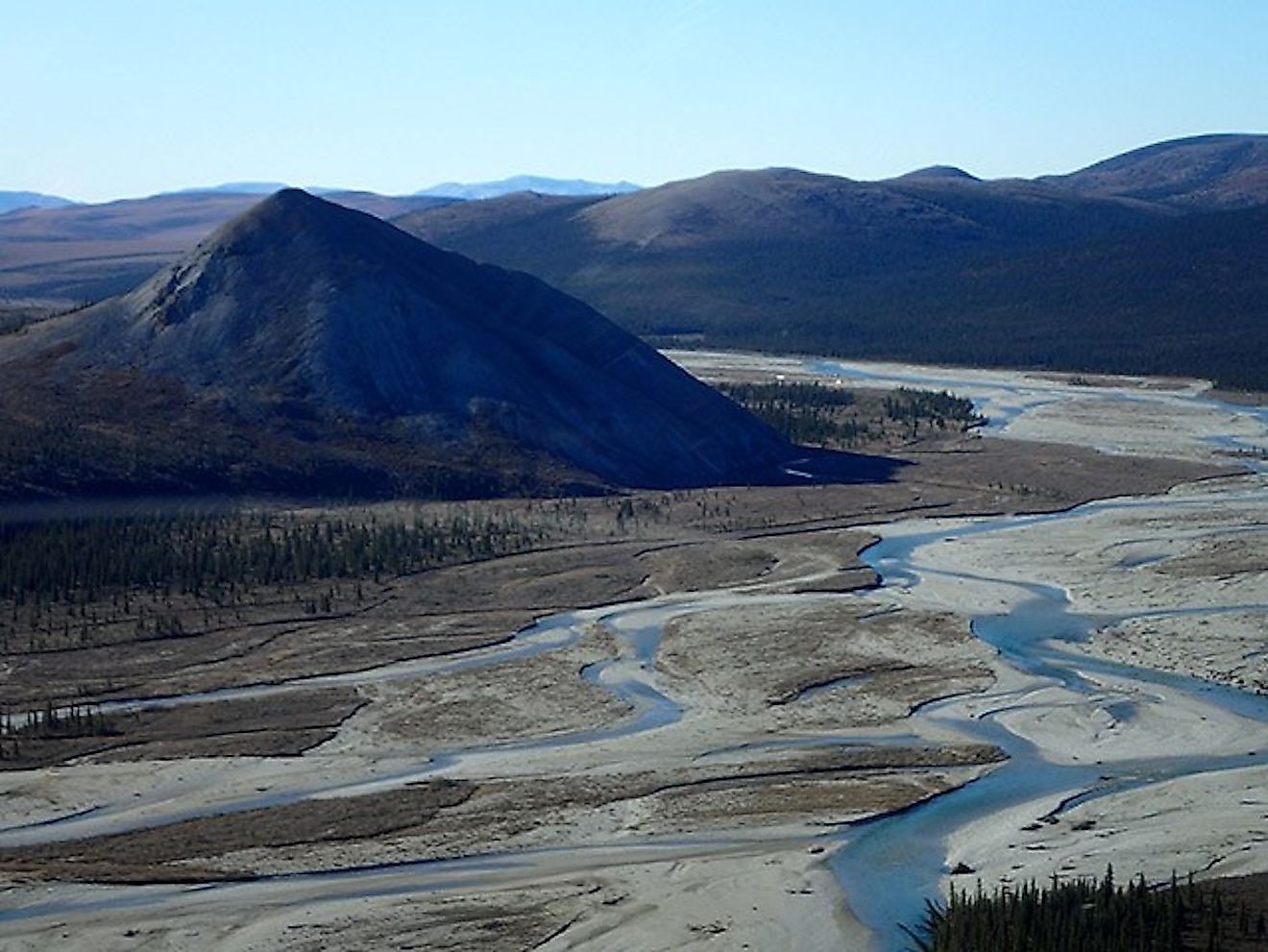
Permafrost stays frozen for years at a time, but it is important to remember that this layer of soil is subterranean. There exists a layer of soil on top of the permafrost in many locations that does actually thaw each year, with the warming of the weather in spring and summer. This layer is called the “active layer” and it can be anywhere from 1 to 13 feet (0.3 to 4 meters) thick. Below this layer, the ground stays frozen for long periods of time, if the climate is cold enough.
9. It Can Be Thousands of Feet Thick
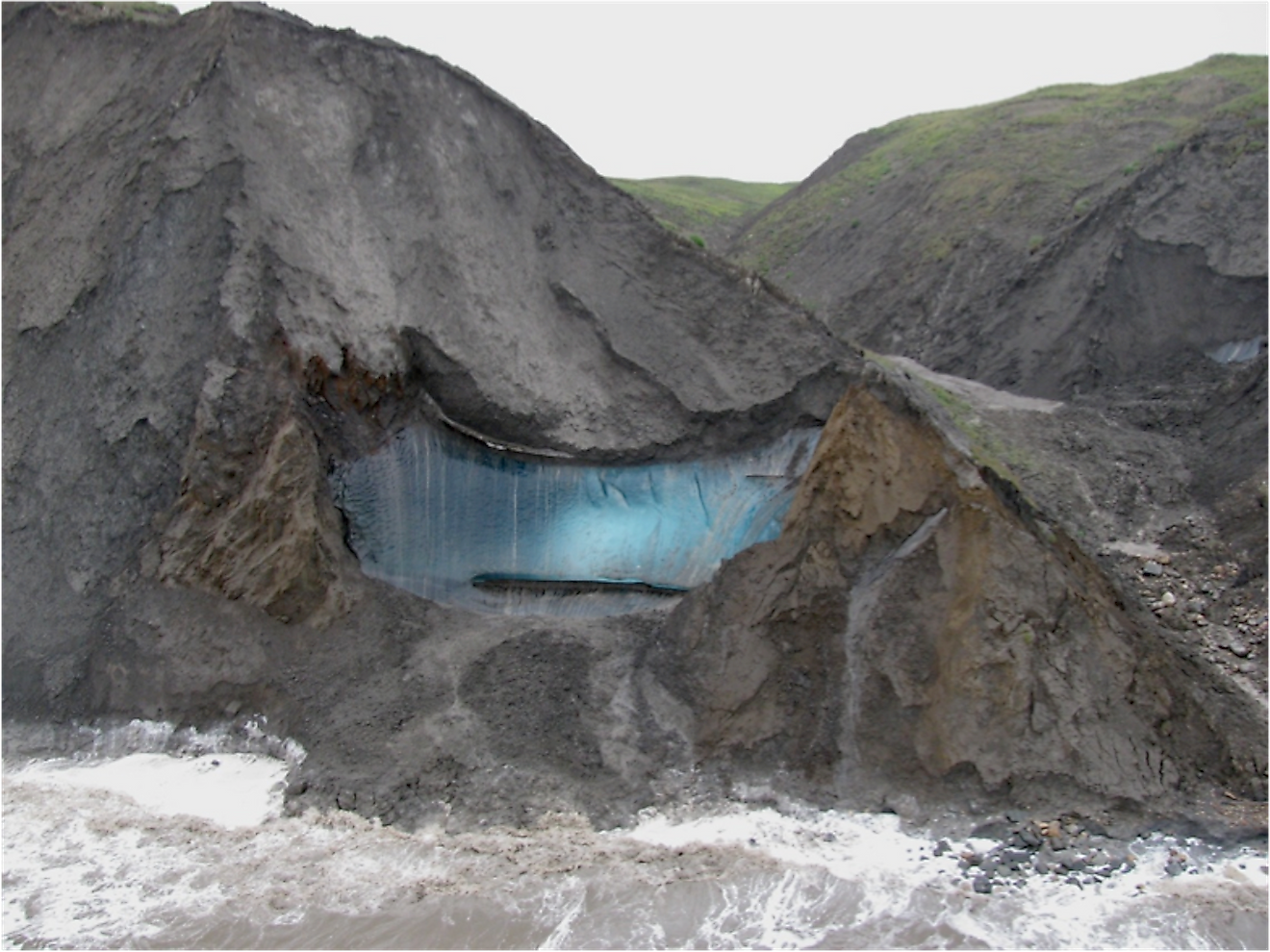
Permafrost can really dip down deep. It is reported that in Canada and Northern Siberia, this land formation can extend to over 2200 feet (700 m) below the surface of the ground. On Greenland the permafrost is about 320 feet (100 m) in depth, and some of this is threatening to thaw as the planet warms up. This only constitutes the uppermost layers of the permafrost, however.
8. It Contains Massive Amounts of Carbon
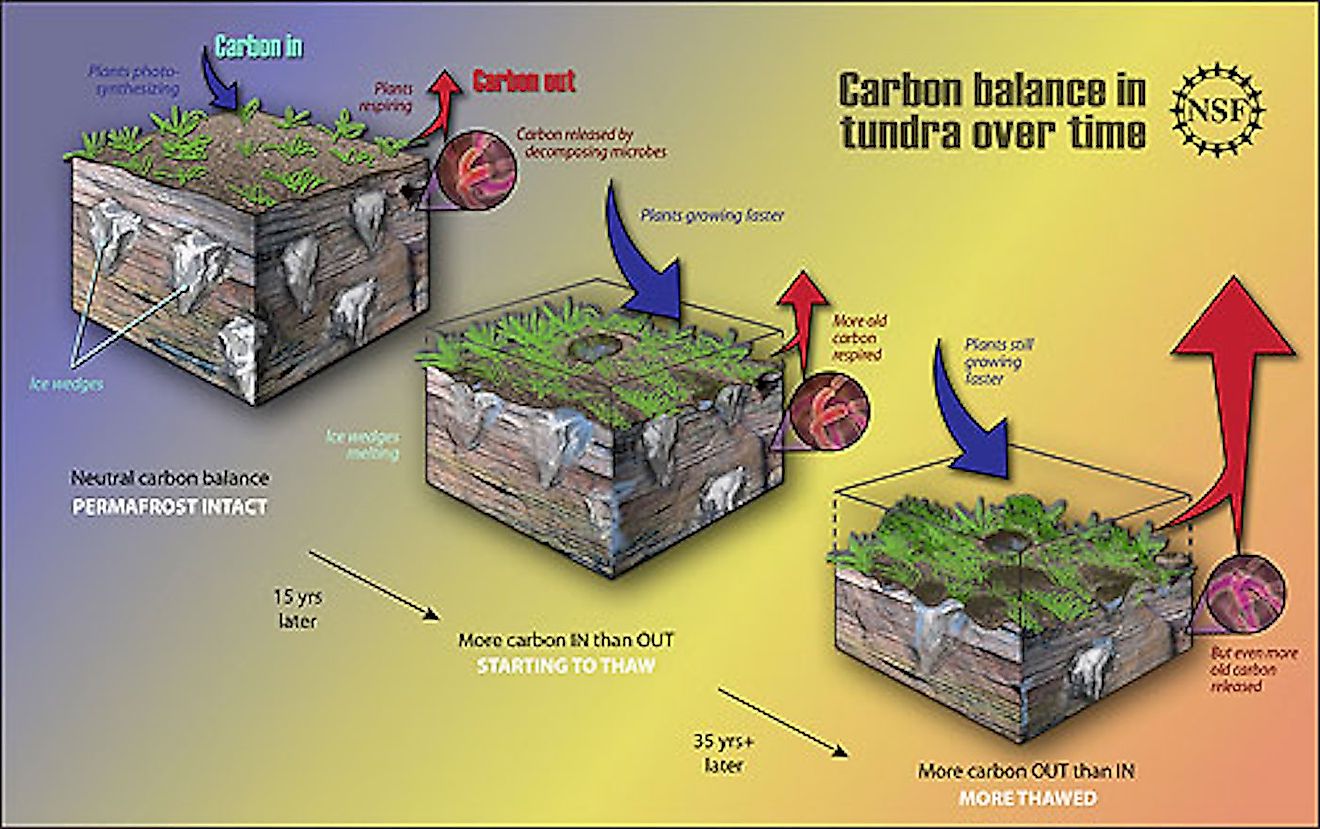
Human activity in recent historic times has certainly released a lot of carbon into the atmosphere. In fact, every time we burn a fossil fuel such as gasoline in a car, we release carbon from the Earth into the atmosphere. The permafrost is a true storehouse of this stuff. According to the University of Copenhagen, the permafrost contains four times the carbon than that which humans have already released into the atmosphere in modern times. How did all the carbon get in the frozen soil? Over thousands of years, 1700 billion tons of organic material has been encased in the permafrost, allowing it to house almost half of all the organic material contained in all soils on Earth.
7. Plants Can Grow in It, Even Trees
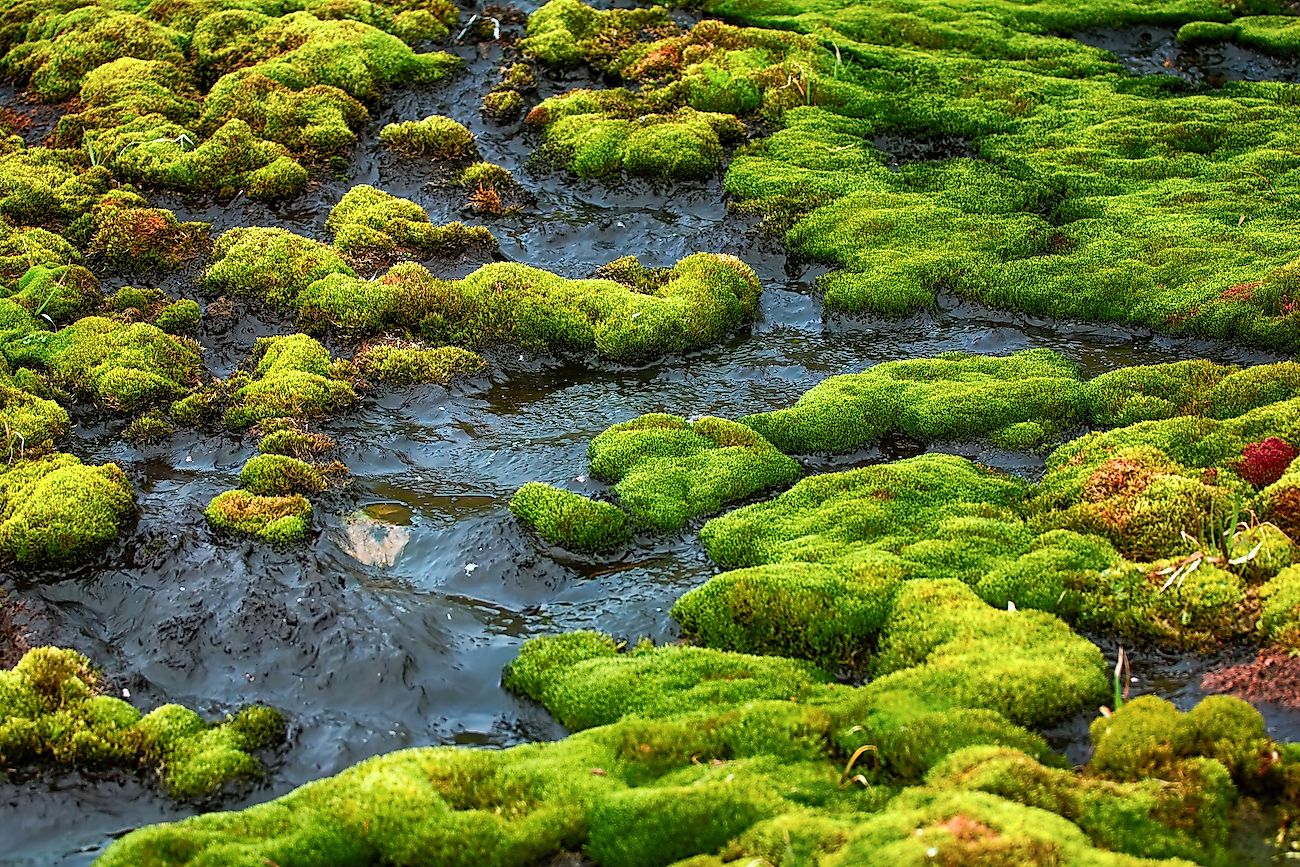
You might think because the permafrost is frozen that plants cannot grow in it. This is wrong, somewhat. It is true that plants cannot grow in the subterranean permafrost, but they can flourish in the active layer of this ground that melts each year in slightly warmer places. This active layer on top hosts low scrub, willow bushes, heather, saxifrages, mosses, lichens, sedges, herbaceous plants, ericaceous plants, and even trees. Areas that border the tundra can have permafrost under open forests, and trees such as pine, birch, spruce, and larch are known to grow there. Due to global warming, the arctic’s tree line is said to be inching north, and there will likely be more plant growth over permafrost in the years to come.
6. Many Gases Form When Permafrost Thaws
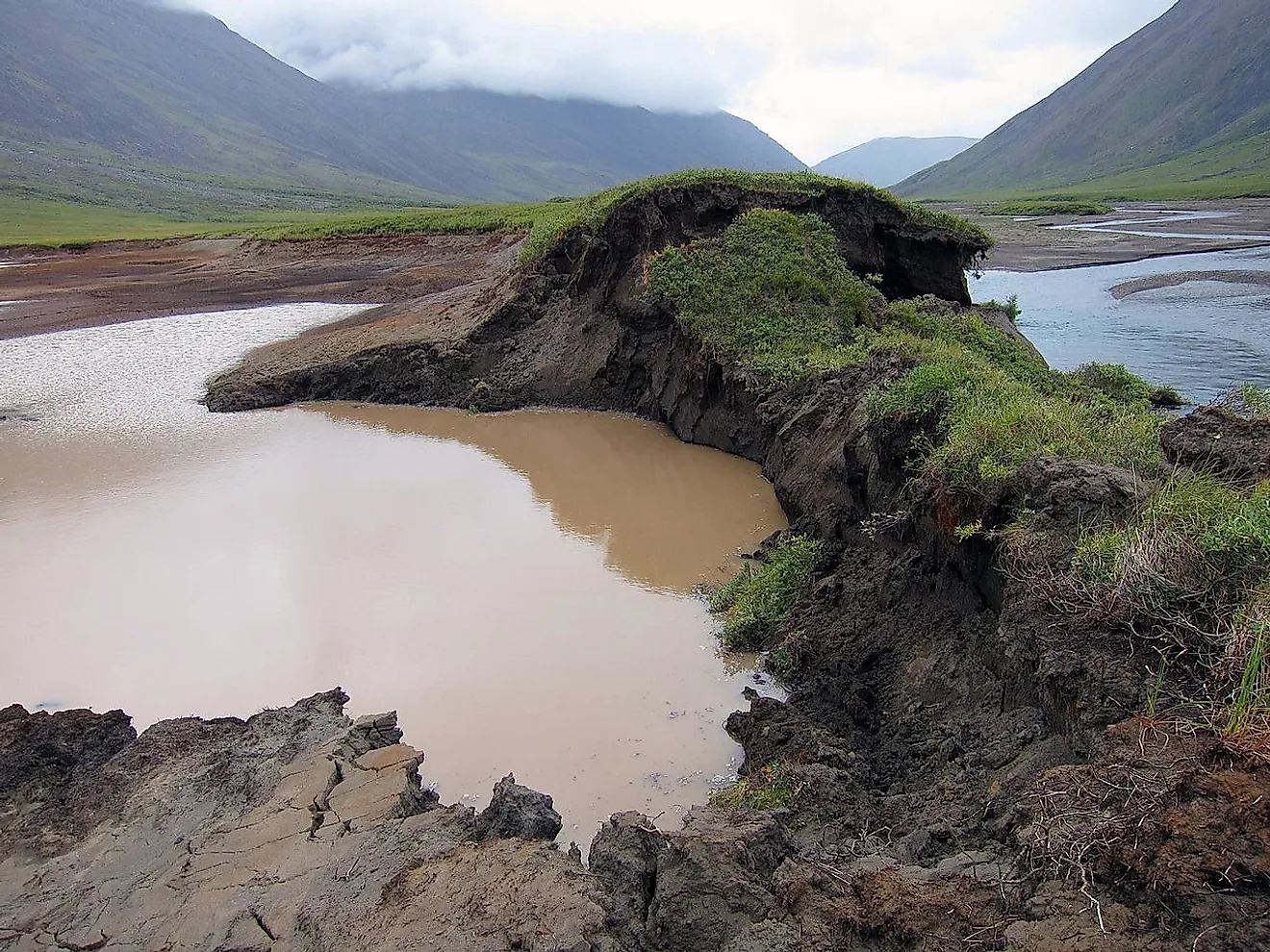
If you are a plant, you would consider it a good thing that the permafrost is thawing. This means more potential growth! The thawing of the permafrost each year as seasons change, and as the planet warms up releases gases however. When different old plant material breaks down in soil and microorganisms get active, carbon dioxide, methane, and nitrous oxide are all released to the atmosphere. Carbon dioxide is formed when fungi and bacteria breakdown plant material, and methane is formed when a specific group of archaea. Other greenhouse gases are also released when permafrost thaws, creating a muti-faceted, invisible gassy soup.
5. It Might Increase Global Warming
Exactly how many greenhouse gases are emitted into the atmosphere by the thawing of permafrost is unknown, but scientists estimate that somewhere between 110-231 billion tons of CO2 equivalents, mostly in the form of carbon dioxide and methane, will be released by 2040. It is estimated that 10-16 billion tons of CO2 equivalents will be released from 2011-2100, and that all these emissions could very well contribute to acceleration of global warming. Experts say there is now 10% less frozen ground in the northern hemisphere than there was back in the early 1900s, and that even if the world meets the climate targets of the 2015 Paris climate talks, Earth could lose more than 2.5 million square miles of what is currently permafrost.
4. It is Jammed Full of Bacteria
Kind of like the Earth’s gut, the permafrost is home to gobs of bacteria. It is said that just one gram of soil taken from the active layer can present over one billion bacteria cells. There is much to be discovered about the permafrost and it is home to some organisms and microorganisms that scientists are yet to discover. In order to identify some of these unknown organisms, DNA-based techniques are used.
3. Sometimes it Drops Into the Ocean
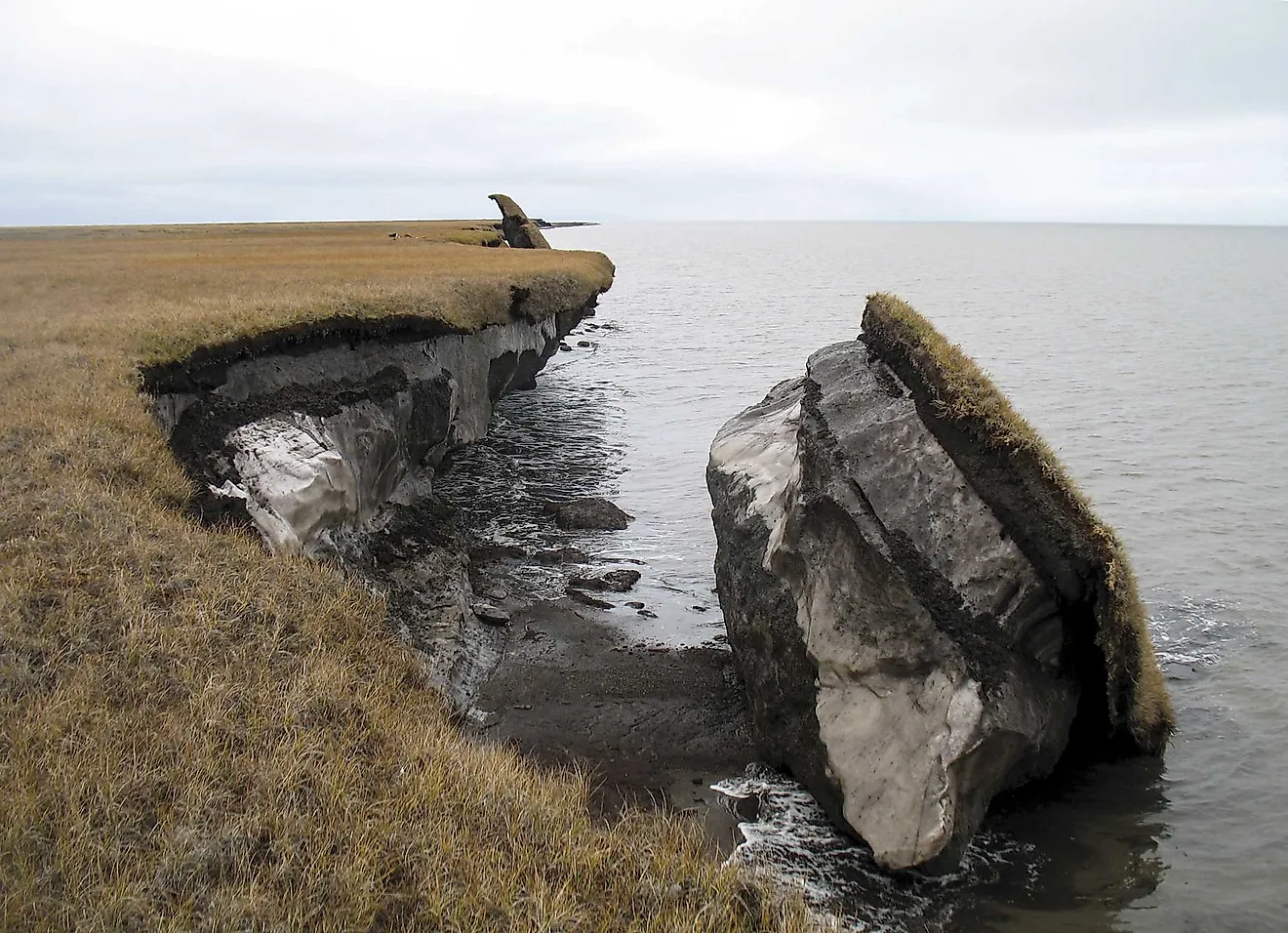
When permafrost begins to melt, it can cause big geographic changes. If the ground contains large pieces of ice, large chunks of land have been known to break off into the sea when it warms. Do not build your home too close to the edge in the Arctic because you very well may float away. Much of the carbon contained in the permafrost soil that melts and breaks off runs into surrounding rivers and lakes, leading to the ocean.
2. It Covers Millions of Square Miles
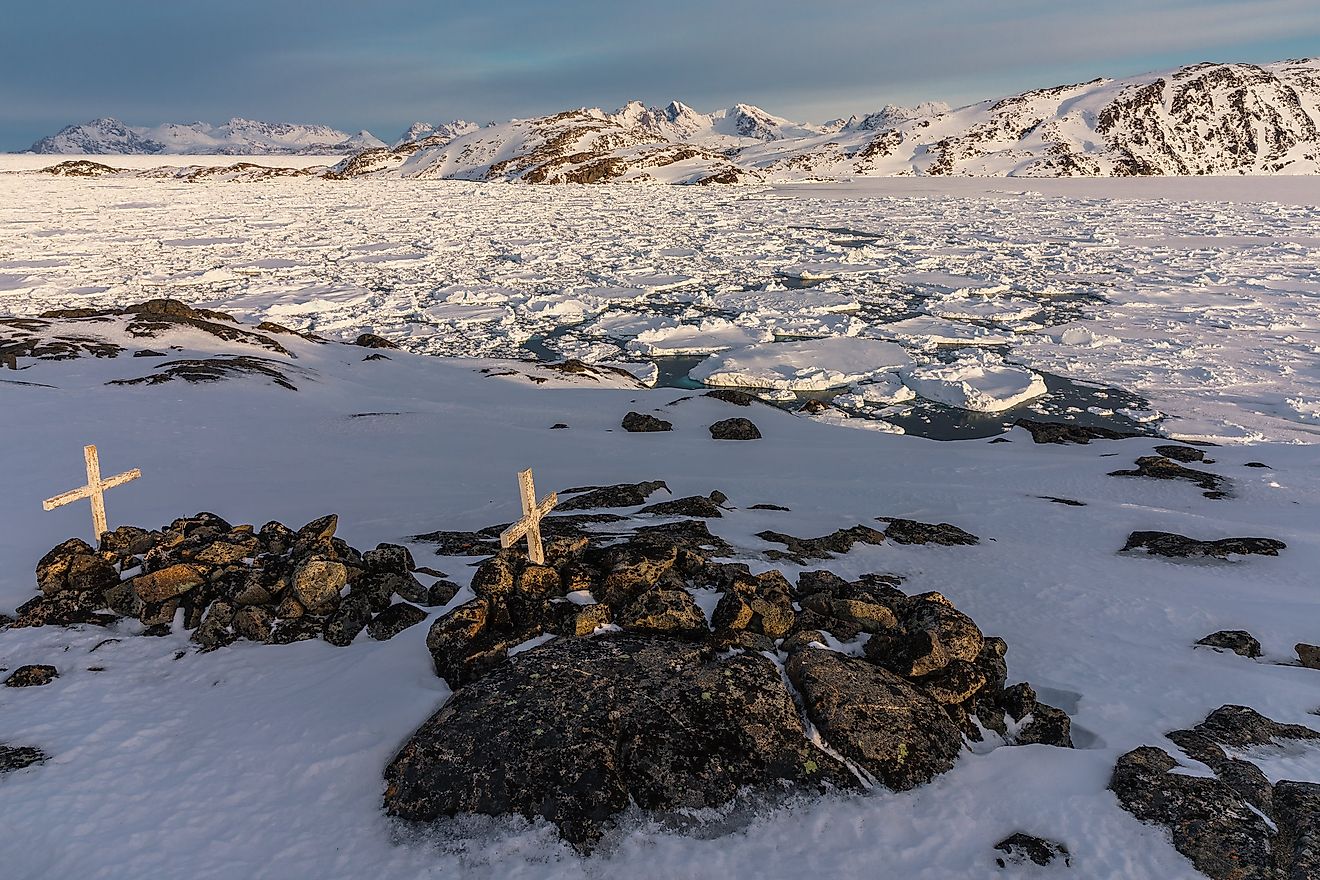
The land that is actually frozen deep down is massive. Permafrost covers more land space the US, China, and Canada combined. It is estimated that it covers about 9 million square miles (14 square km) in the northern hemisphere alone. Some sources say that about 35 million people live in a permafrost zone, creating unstable environments for the structures in many towns, villages, and cities in the North.
1. It Might be Home to Zombie Pathogens
Crazy but true, permafrost may be home to so-called “zombie pathogens”. So much has been frozen in this ground that it is rather uncertain what will happen once it starts to melt in large amounts. Some bacteria that has been frozen in the permafrost for ages has been known to melt and come back to life. In 2005, NASA scientists revived bacteria frozen in a pond in Alaska for the last 32,000 years, called Carnobacterium pleistocenium. Bacterium that are 8 million years old have also been revived. And we thought the coronavirus pandemic was bad-is the future full of something worse? Let’s hope not.











